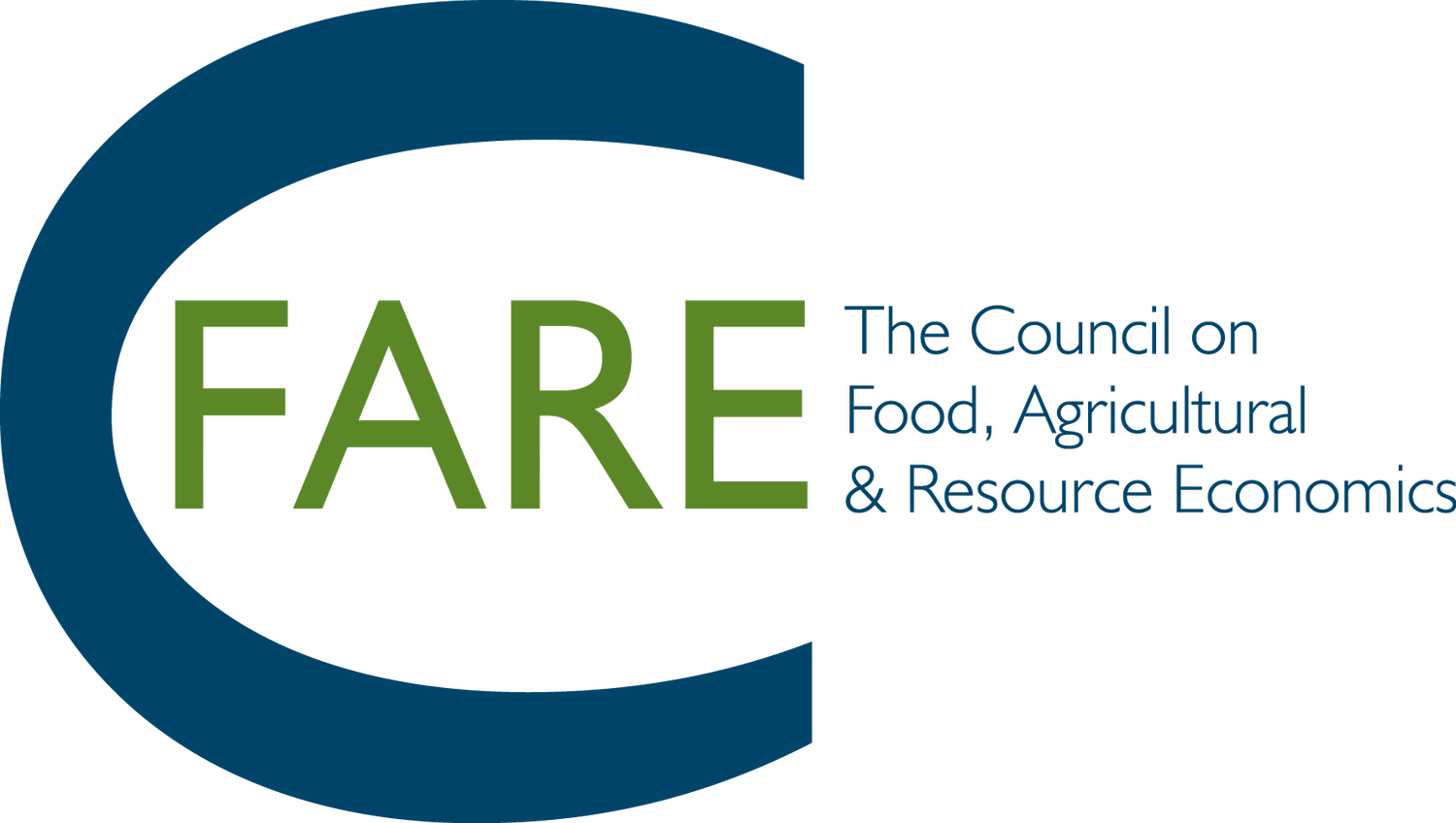The 2021 Organic Survey: The Growth of Organic Production Continues
Market Corner by Gal Hochman, C-FARE Board Chair, Rutgers University
Organic production is a sustainable production system that does not involve the use of chemical fertilizers, pesticides, and other artificial agents. During the last three decades, this sector exhibited significant growth: 3,587 organic operations in the United States in 1992 to 17,445 certified organic farmers in 2021.
Since 2008, the U.S. Department of Agriculture’s National Agricultural Statistics Service (NASS) conducted two types of surveys of this industry: Census Special Studies (2008, 2014, 2019) and Certified Organic Survey (2011, 2015, 2016, 2021). The results of the last Organic Survey conducted in cooperation with the USDA’s Risk Management Agency was released in early January, showing an increase from 2019 of $1.28 billion in total sales, totaling $11.2 billion in organic products in 2021. The survey also suggested a 5% increase relative to 2019 in certified organic farmers summing to 17,445 certified organic farms in 2021 (see Figure 1).
Organic production is scattered across the United States, where the top states by the value of organic sales are
California ($3.55 billion)
Washington ($1.14 billion)
Pennsylvania ($1.09 billion)
Texas ($572 million)
Oregon ($386 million)
The industries size becomes even more impressive, when its compared to other key agricultural products in value of sales in 2021:
Livestock and poultry products: $2.86 billion
Vegetables: $1.91 billion
Fruits, tree nuts, and berries: $2.20 billion
Livestock and poultry: $2.20 billion
Field Crops: $1.50 billion
The breakdown of the $11.20 billion in organic products sold includes the market value sale of certified organic crops ($6.15 billion), livestock and poultry ($2.20 billion), and livestock and poultry products ($2.86 billion). Besides crops (which had a 6% increase relative to 2019), the other two sectors experienced two-digit growth of 32% and 15%, respectively.
Looking more carefully at organic products produced in the US in 2021 suggests that the top five commodities sold are milk ($1.63 billion), chicken and broilers ($1.51 billion), eggs ($1.22 billion), apples ($629 million), and corn for grain ($424 million). And that the most significant value in marketing practices is for direct-to-retail markets and institutions ($2.02 billion), followed by value-added products ($707 million) and direct-to-consumer ($310 million).
Finally, organic farmers are scattered throughout the US, and for most of the states, their number increased from 2019 to 2021 (Figure 1).

